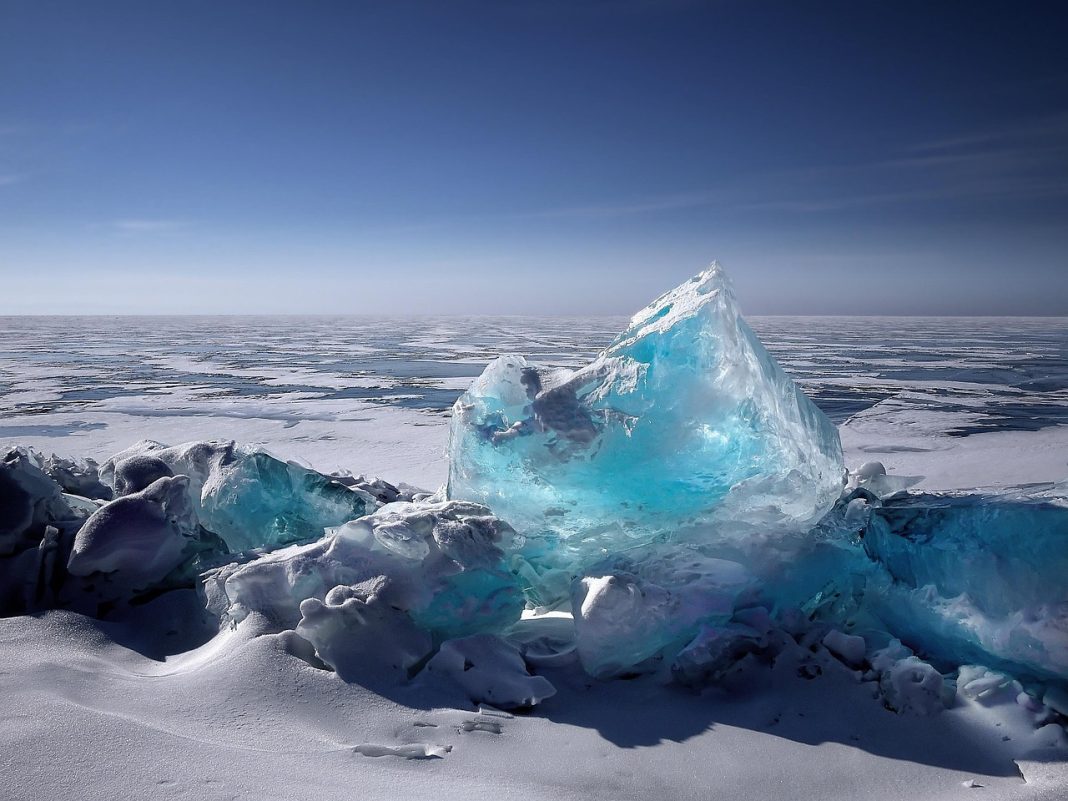Scientists from the University of Gothenburg have discovered that the freezing of polar seas depends not only on low temperatures but also on water salinity: it is the difference in salt content between surface and deeper layers that creates the conditions for ice formation.
Oceanographers at the University of Gothenburg (Sweden) found that the key factor in the development of sea ice in polar regions is not just cold temperatures, but also the contrast in salinity between surface waters and deeper layers. The study was published in Science Advances.
The researchers explain that as surface waters cool, colder and denser water would normally sink, while relatively warmer water from below would rise, preventing ice from forming. However, a reduction in surface salinity—caused by melting ice, river runoff, and precipitation—changes this process.
Less salty surface water is lighter than the saltier water below, even if the deeper water is warmer. This creates a kind of “lid” that prevents mixing, traps the cold at the surface, and allows ice to form.
“The salinity difference between surface and deeper layers is a crucial factor in the formation of sea ice in polar regions. Without this stratification, ice simply could not develop,” said Professor Fabien Roquet, one of the study’s authors.




